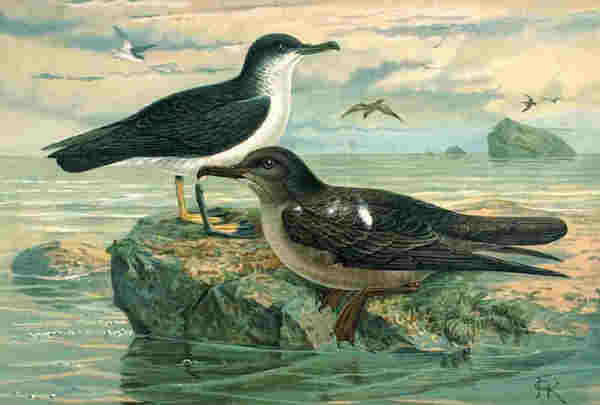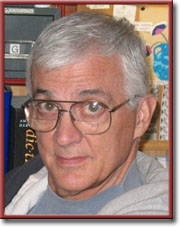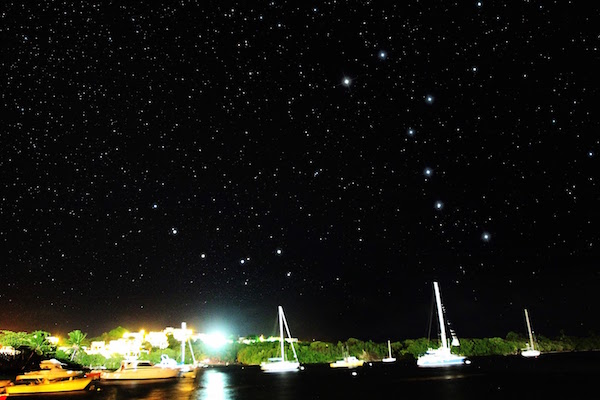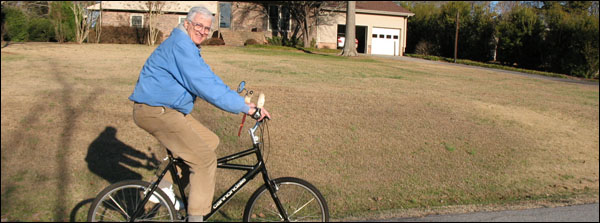Every Which Way: Direction
“Before humans devised atomic clocks, a network of Earth-orbit satellites, and the Global Positioning System, we suffered a directional disadvantage compared to our scaly, furry, and feathered kin. But even with the best GPS device, I’m not sure we can compete with the Manx shearwater.”—Skip Eisiminger
Skip the B.S.
By Skip Eisiminger
(For Anja and Shane, who know “the cairn road” leads home.)
“We are not retreating—we’re advancing in a different direction.”—Douglas MacArthur
“If you board the wrong train, it’s no use running along the corridor in the opposite direction.” —Dietrich Bonhöffer

 CLEMSON South Carolina—(Weekly Hubris)—7/6/2015—Before humans devised atomic clocks, a network of Earth-orbit satellites, and the Global Positioning System, we suffered a directional disadvantage compared to our scaly, furry, and feathered kin. But even with the best GPS device, I’m not sure we can compete with the Manx shearwater.
CLEMSON South Carolina—(Weekly Hubris)—7/6/2015—Before humans devised atomic clocks, a network of Earth-orbit satellites, and the Global Positioning System, we suffered a directional disadvantage compared to our scaly, furry, and feathered kin. But even with the best GPS device, I’m not sure we can compete with the Manx shearwater.
In 1952, one of these birds was taken from its burrow in Wales, blindfolded, banded, flown to Boston (3,200 miles at a right angle to its usual north-south migratory route), released, and found, not just in Wales, but back in its burrow twelve days later. This is a bird that does not know lost.
It should come as no surprise that sailors from Noah forward trapped ravens, doves, shearwaters, crows, and other birds when they planned to sail beyond the coast. If a storm blew them off course, it was relatively easy to release one or more of their small navigators to get an accurate land bearing.
Nature has endowed many of its creatures with magnetite, iron oxide crystals, which allows them access to Earth’s magnetic field. This is an access which man has enjoyed only since 600 BC when lodestones, or “way stones,” were discovered in Magnesia, Turkey.
While Europeans were using Tau-Omega maps, the geographic equivalents of bread crumbs, Polynesians were using bamboo “stick charts” to cross the Pacific without compass, sextant, or chronometer. The elders of each tribe had trained their wisest to memorize star and planet patterns, the moon’s phases, the colors of currents, the tiniest temperature and olfactory variations of air and water, the distinctive clouds that formed over the islands, and subtle differences in the winds, birds, sea plants, and fish. Some mariners reportedly could taste differences in the sea water from one island to another.
Far to the north, the Inuit were building and repairing five-foot-tall cairns during the land hunting season. These stone piles were spaced so that when standing beside one, a hunter could see at least one ahead and the one he’d just left. Before losing sight of a cairn, he was advised to build a new one if none existed. If fog obscured his cairn road, he’d usually make camp until visibility improved.

Kayaking along the coast of Greenland in search of game, Inuit hunters occasionally found themselves in a fog bank, but the wisest had memorized the songs of the snow buntings nesting along the coast. Given that each bunting’s song is different, every song indicated a point along that cubic coast. Song “A” meant you were near point “X”; song “B” meant you had moved to point “Y,” and so on.
With GPS shoes in the offing, one has to admire the self-reliant ways the aboriginals found their way home.
Hints of this ability are preserved in the amber of Proto-Indo-European, the matrix of most European languages including English.
In Europe, one could face the rising sun with north to the left, relative darkness behind and, a few hours later, the noonday sun toward the right. Indeed, at its roots, “east” means “dawn,” “north” means “to the left,” “west” means “night,” and“south” means “sun.”
Sadly, according to a National Geographic survey, 14 percent of Americans cannot find their country on a globe. We’ve become so dependent on our phones and devices, that adults have been known to call 9-1-1 when baffled by a corn maze. And young pilots are often puzzled when an instructor says, “Now imagine there’s a bogey at three o’clock.”
Though a devout neighbor tells me that he’s made Jesus his GPS, I’m more concerned that a Google map once led drivers onto an active runway. As maps and the ability to read them grow scarcer, humans may succumb to a fatal dependency. This is why I irritate my wife, if not Siri as well, when I override our GPS just to see if my way isn’t better. About half the time, it is.
![]()
Shortly after I joined the Boy Scouts, one of the leaders told our troop how “Wrong-Way” Corrigan became the first person to fly from New York to Dublin by following the wrong end of his compass pointer through heavy cloud cover.
That’s the story the leader told and, worthy as it is, I’m reluctant to check Snopes.com to learn I’ve been misled for 60 years. I chuckled when the same Scout leader presented us with “never eat soggy waffles” the old compass-points mnemonic, because I’d been blessed with a good nose.
Indeed, I don’t recall ever needing such a mnemonic or being truly lost. I suspect I inherited my directional instincts from my father, a celestial navigation instructor who, in his retirement, worked with the North Palm Beach Power Squadron.
It was Dad who insisted I learn how to locate the Big Dipper; then, facing it, trace a line from the dipper’s lip to the handle of the Little Dipper where Polaris hangs like a careless drop of water. We both laughed at the notion of any bears in the sky when the stars clearly outlined two ladels who kept people from traveling in circles.

Dad also informed me that the star which the unaided eye perceives as “Polaris” is actually five stars which are so closely aligned with the Earth they appear as one.
For reasons unknown, Polaris is 2.5 times brighter today than it was for Aristotle and Ptolemy. Perhaps someone thinks we need the help. However, by the 41st century, astronomers tell us the five stars will have moved enough that they’ll either be too dim to see with the naked eye or too far from magnetic north to be helpful. But by then, we’re told, we’ll all have GPSes implanted in our skulls.
![]()
Many leave home with a charge in their feet like a sniper’s bullet, spinning toward the bull’s eye of independence. More leave with a similar charge but like pellets from a shotgun. Either way, once the trigger’s pulled, it’s hard to change any projectile’s course. But until Dr. Guidon Windsock arrives with his laser and computer chips, I’ll follow my “cairn road.”
I’ve built the tallest pile at home, so that when I leave for any reason, I never travel so far that I lose sight of it. I’ll keep building new piles, as my elders advised (I have an infinitude of options), but I’ll always know the way back.
